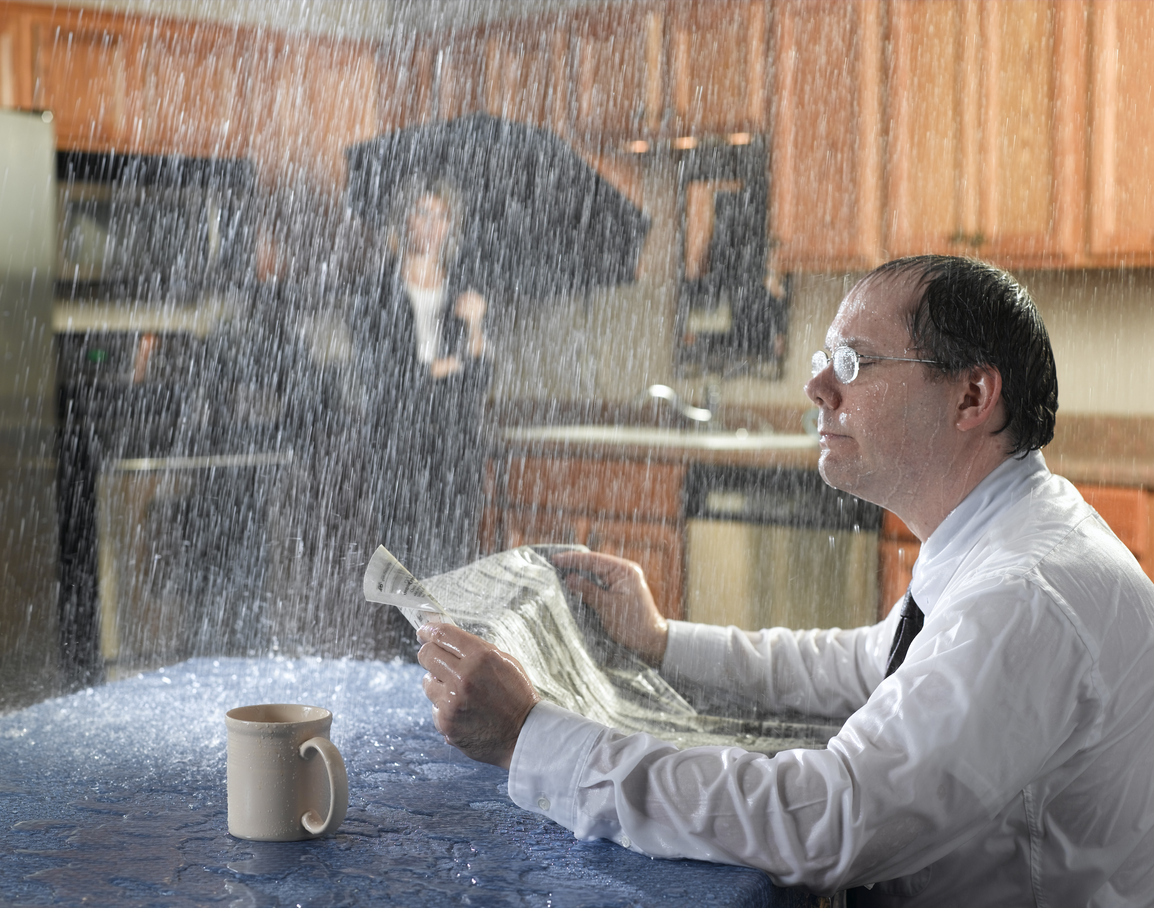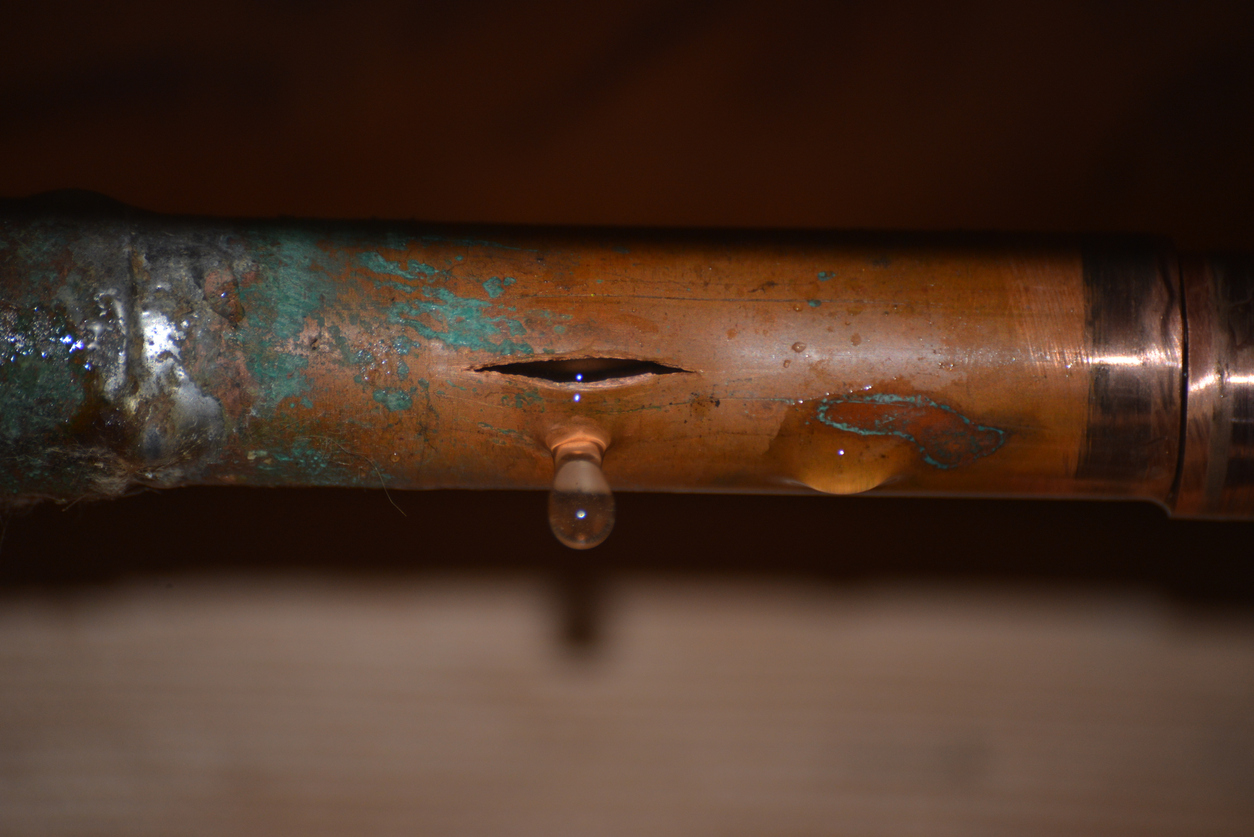If rainwater enters your home and causes damage, does it count as water damage under your homeowners insurance policy? In most cases, water damage from rain is covered if the rain enters the property through a covered peril.
If, for example, your home is exposed from hurricane damage, hail, or wind and rain then enters through the vulnerable area, your homeowners insurance policy may cover any subsequent damage. However, if flooding enters the home through an exposure and causes damage, this falls under a separate damage type and would require supplemental flood insurance to provide coverage.
Some common examples of covered sources of rain damage include wind-driven rain, snow and ice dams, mold, and vandalism. In the case of mold, if rain enters your home through a covered peril and isn’t treated in time it could lead to mold developing and causing more damage. If your home is vandalized and there is an exposure through a broken window or door that rain enters through, most homeowners policies will provide coverage. If the property has been vacant for some time, there may not be coverage if there are any vacancy clauses in your policy.
There are several instances in which water damage from rainwater is not covered by a standard homeowners insurance policy. As previously mentioned, water damage from flooding or storm surge falls under the purview of a separate flood insurance policy. Another example involves rain water entering through a damaged or compromised structure that is poorly maintained or neglected. Insurers will not cover damage that was the result of homeowners neglecting the condition of their property’s structure. This includes rainwater that collects over time and is not addressed by the homeowner.
We have created a Rain Damage white paper for policyholders with information on rain damage cases. One of the most important things policyholders can do is maintain their property’s upkeep to avoid any possibilities of your insurance company denying your claim due to neglect. It is also a good idea to make temporary repairs to cover any exposed areas so that rain cannot enter the home. Be sure to keep any receipts for materials or services used to make these repairs, as your insurance company may reimburse you for these costs depending on your policy.




